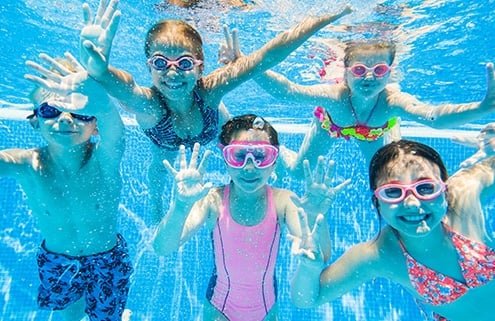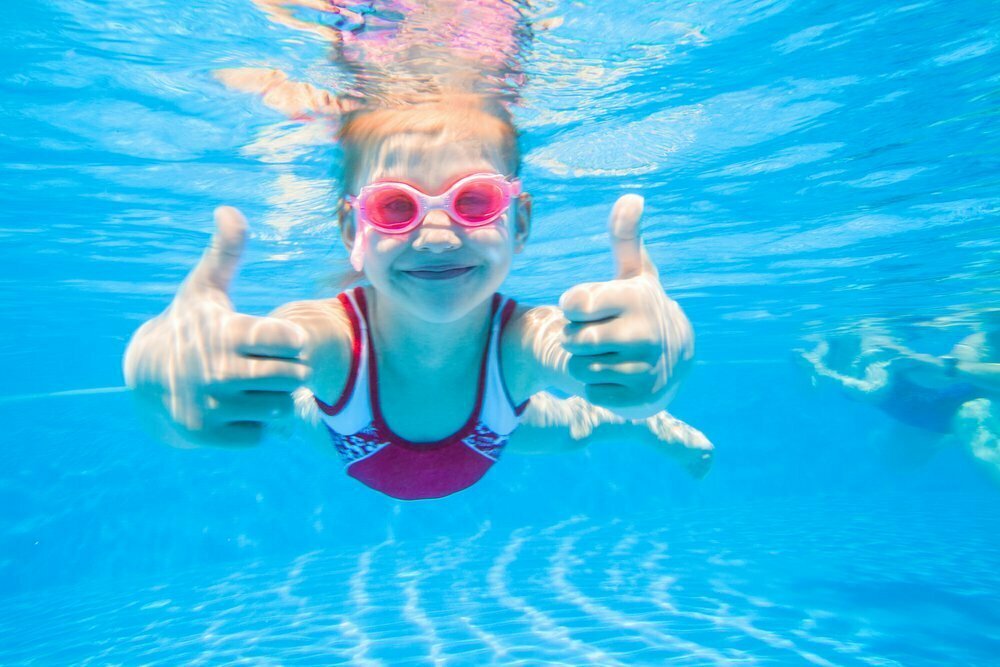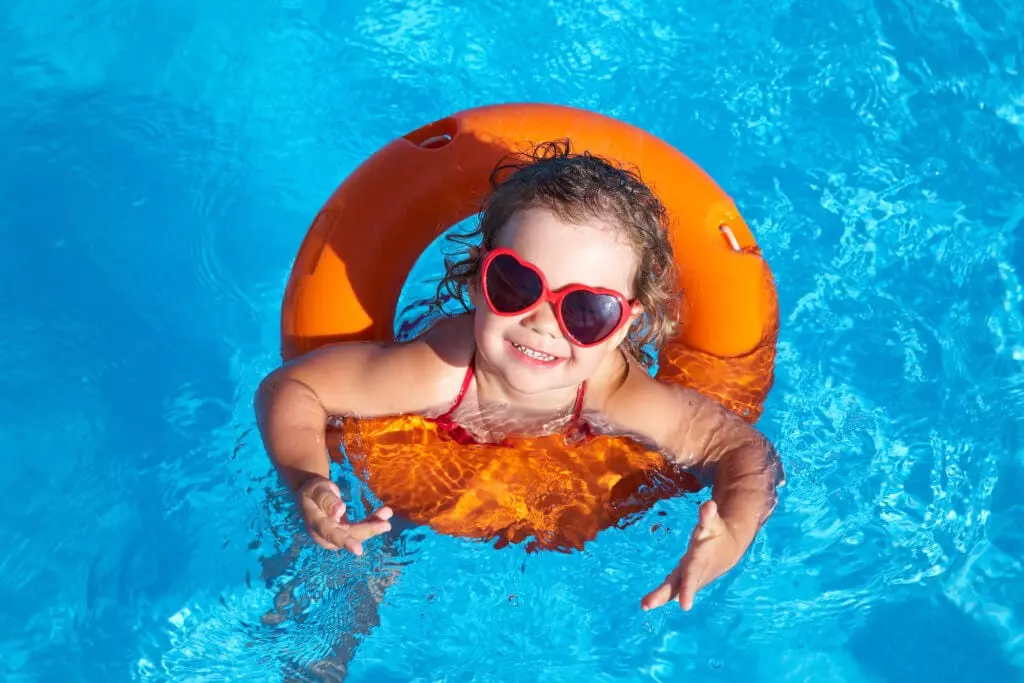Swimming is one of the most popular and beneficial physical activities in the world. It’s not just a fun way to cool off during summer but also a full-body workout that improves strength, endurance, flexibility, and mental health. Whether you swim recreationally, for fitness, or competitively, this activity offers countless benefits for people of all ages.

🌊 What is Swimming?
Swimming is the act of moving through water using coordinated body movements. It can be done in pools, lakes, rivers, or oceans, and it’s both a recreational activity and an Olympic-level sport.
💪 Health Benefits of Swimming
- Full-Body Workout – Strengthens muscles, tones the body, and improves stamina.
- Heart Health – Enhances cardiovascular endurance and lowers blood pressure.
- Weight Loss & Fitness – Burns calories effectively, aiding in fat loss.
- Low-Impact Exercise – Gentle on joints, making it ideal for seniors and people with injuries.
- Improves Flexibility – Continuous stretching in strokes increases mobility.
- Boosts Mental Health – Reduces stress, anxiety, and improves mood.
- Enhances Lung Capacity – Strengthens breathing and respiratory function.
- Improves Sleep – Regular swimming helps achieve better sleep quality.

🏊 Different Swimming Styles & Techniques
- Freestyle (Front Crawl) – Fastest stroke, ideal for speed and stamina.
- Breaststroke – Popular beginner stroke, energy-efficient.
- Backstroke – Performed on the back, great for posture and spine alignment.
- Butterfly Stroke – Advanced, powerful stroke for strength and endurance.
- Sidestroke – Often used for leisure and lifesaving situations.
🕒 How Often Should You Swim?
- Beginners: 2–3 sessions per week (20–30 minutes each).
- Intermediate: 3–4 sessions per week (30–45 minutes).
- Advanced/Competitive: 5–6 sessions per week with structured training.

🌿 Why Swimming is a Lifestyle Choice
- Aids in weight management and body toning.
- Great social activity for families and friends.
- Helps in rehabilitation and physical therapy.
- Builds confidence and survival skills in water.
🏞️ Best Places to Swim
- Public swimming pools
- Beaches & oceans
- Natural lakes & rivers
- Waterparks
- Home pools

✅ Tips for Safe & Effective Swimming
- Warm up before entering the water.
- Always swim under supervision (especially for kids).
- Use proper swimwear and goggles.
- Stay hydrated before and after swimming.
- Practice breathing techniques for better endurance.
